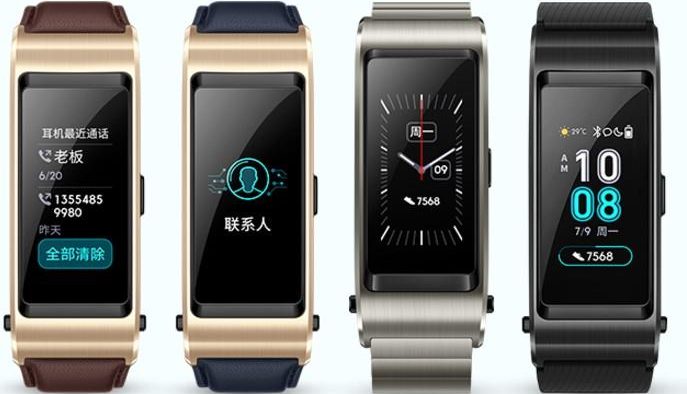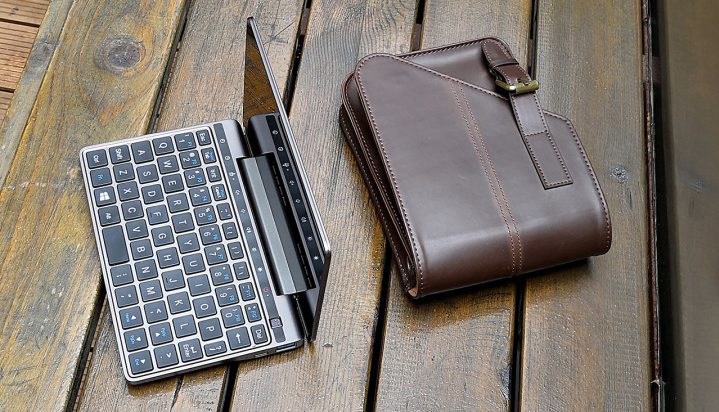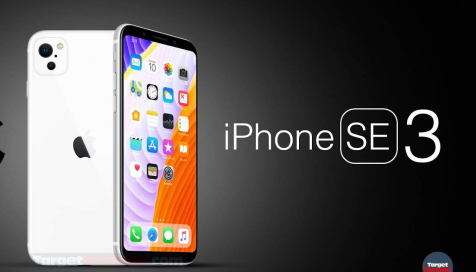The ROG Phone 5 has big shoes to fill. With updated internal components and a slightly tweaked external design, Asus is working with what it knows as it looks to fine-tune the ROG phone formula.
What you need to know about the Asus ROG Phone 5
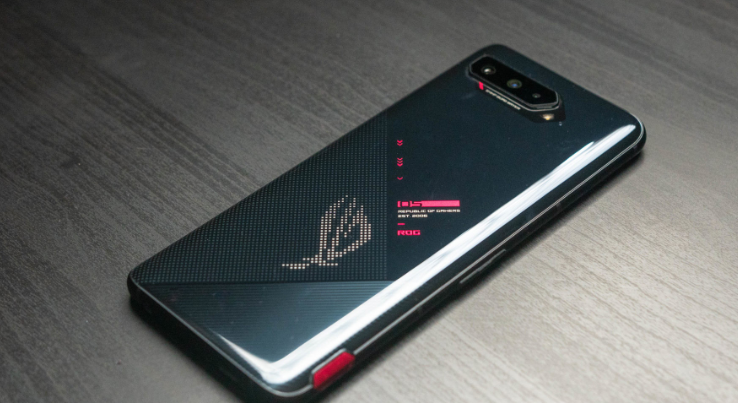
Aluminum, Gorilla Glass Victus
172.8 x 77.2 x 10.29mm
238g
In-display fingerprint scanner
ROG RGB LEDs
Dual USB-C
Quad DAC-powered 3.5mm headphone port
Phantom Black, Storm White
Asus nailed the design with 2020’s ROG Phone 3 and that continues with the ROG Phone 5.
Like its predecessor, it features a large display with top and bottom bezels and stereo front-firing speakers. These are some of the best speakers that I’ve ever heard in a smartphone. They’re clear, loud, and have plenty of low-end punch. The larger bezels necessary to house the speakers are absolutely worth the trade-off here. Couple this with a Quad DAC-powered headphone port and a long Bluetooth audio codec list, and you’ve got a superb audio setup. This is a vital part of a multimedia-first device like the ROG Phone 5.
A big character of ROG Phone 5 : The ROG Phone 5’s design is gamer-focused, but it’s not over the top.
This thing is a brute and holding it in my small- to medium-sized hands, I struggled to use it without using both of them. Because it’s so heavy and thick, it can be uncomfortable to use with one hand. However, Asus has made ergonomic optimizations like keeping the volume and power buttons near the middle of the phone. It also curved the rear glass to help the phone sit more comfortably in your hand. Holding this side-by-side with the huge iPhone 12 Pro Max, the ROG Phone 5 does a better job of catering to those with smaller hands.
The buttons are very clicky and easy to feel out on the side of the device. The side-mounted USB-C port makes charging whilst gaming in landscape orientation more convenient. Unfortunately, the Asus ROG Phone 5 isn’t IP rated so you’ll want to be careful when using the device near water just in case. That said, it feels very robust thanks to its use of premium build materials and hefty weight, though it should also be noted that while the front is covered by the latest Gorilla Glass Victus, the rear is only Gorilla Glass 3.
As for the screen:
6.78-inch OLED display screen
2,448 x 1,080
395ppi
144Hz refresh rate/300Hz touch sampling rate
The ROG Phone 3 saw Asus implement a fantastic 6.59-inch 144Hz OLED display. The ROG Phone 5’s screen specs are similar to that, but dialed up a notch. Asus bumped the size to a 6.78-inch panel which makes the phone huge. However, it utilizes a taller 20.4:9 aspect ratio which makes it easier to handle when performing day-to-day missions.
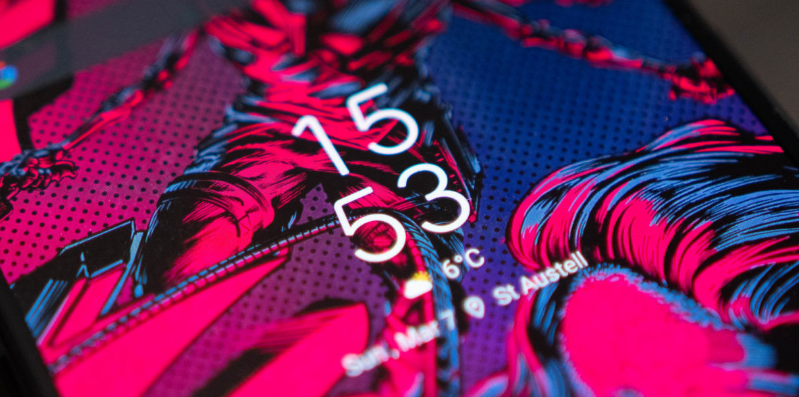
The lack of a Quad HD panel might concern some but unless you’re holding the device right up to your face, you won’t be able to tell that this is a Full HD screen. Plus, there’s an upside: the lower resolution allows the chipset to push more frames since each individual frame is easier to render, resulting in a more responsive gaming experience.
Performance:
Qualcomm Snapdragon 888
Adreno 660
8/12/16/18GB LPDDR5 RAM
128/256/512GB UFS 3.1
It’s no surprise that a phone with some of the best specs on the market is one of the fastest phones on the market. The ROG Phone 5, however, isn’t the absolute fastest. In synthetic benchmarks Geekbench 4, Geekbench 5, and 3DMark, the Xiaomi Mi 11 bests it.
We also ran the ROG Phone 5 via our custom, in-house performance benchmarking software, Speed Test G. This is designed to push smartphones to their limits. The faster a phone can complete the loop, the more powerful the device is. The Mi 11 beats out the ROG Phone 5 by almost three seconds. However, the ROG Phone 5 just bests the Snapdragon 888-powered Galaxy S21 Ultra.
Performance disparity is rather minimal, but notable given the ROG Phone 5’s performance-first theme. Xiaomi is more focused on the Mi 11’s camera prowess than raw horsepower. With all that said, you’re unlikely to feel the two or three seconds of Speed Test G disparity between any of these phones in real-world.
All in all, It’s not perfect, of course. The additional cameras can’t hang with the main shooter, Asus’ software update track record for the ROG Phone series is spotty at best, the lack of wireless charging and an IP rating stings, and the fingerprint reader is awful. But for anyone looking for a gaming-first smartphone, the sheer excellence on offer where it counts makes the ROG Phone 5 stand above the competition.



